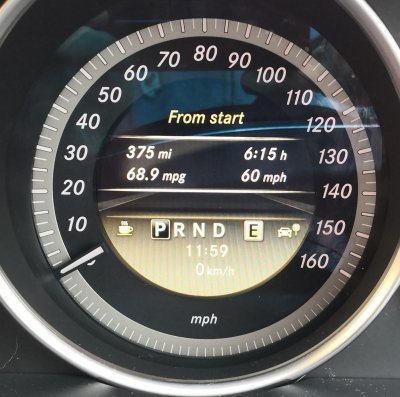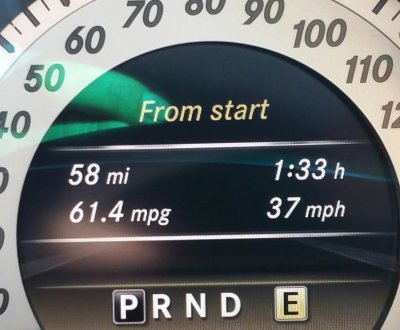Hi Folks,
I've got a concern on my C-class C220 Diesel, It takes an inordinate amount of time to reach operating temperature. typically my journey to work is A roads, and it currently takes around 20 minutes to reach 90 deg. The reaching of 90 coincides with the point in my journey where I reach a dual carriageway.
The fuel economy has taken a dent as a result, and has done so since early last summer.
I have had the Thermostat and coolant changed at the last service, which has made no difference. the whole unit was changed (including the sensor and electronic thermostat heater/controller). Genuine parts were used.
So I'm a little baffled, has anyone seen similar issues?
I've ordered a better OBD reader in the meantime.
Thanks, Paul.
I've got a concern on my C-class C220 Diesel, It takes an inordinate amount of time to reach operating temperature. typically my journey to work is A roads, and it currently takes around 20 minutes to reach 90 deg. The reaching of 90 coincides with the point in my journey where I reach a dual carriageway.
The fuel economy has taken a dent as a result, and has done so since early last summer.
I have had the Thermostat and coolant changed at the last service, which has made no difference. the whole unit was changed (including the sensor and electronic thermostat heater/controller). Genuine parts were used.
So I'm a little baffled, has anyone seen similar issues?
I've ordered a better OBD reader in the meantime.
Thanks, Paul.


